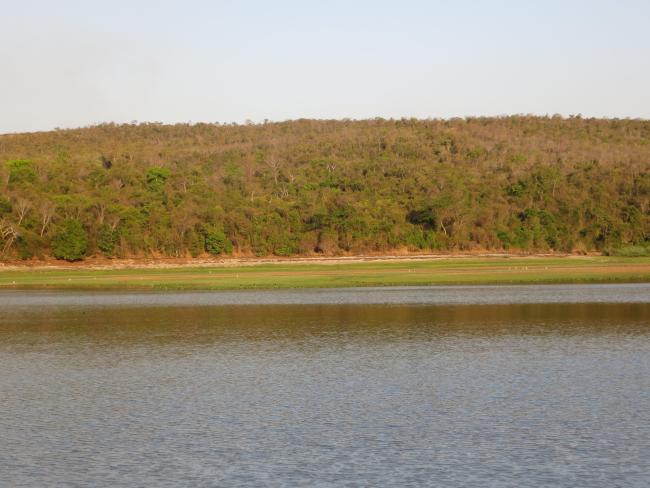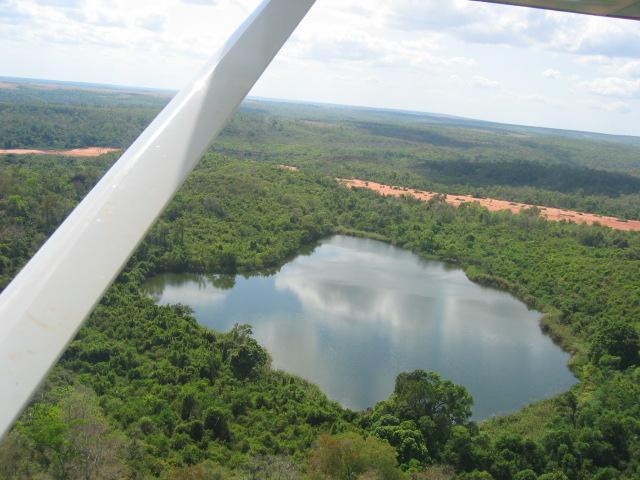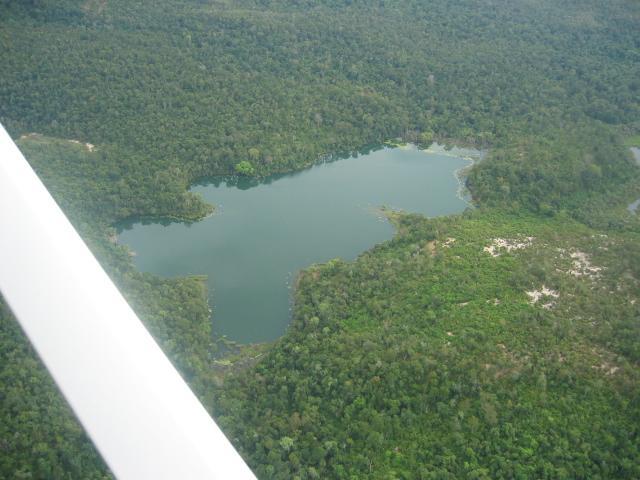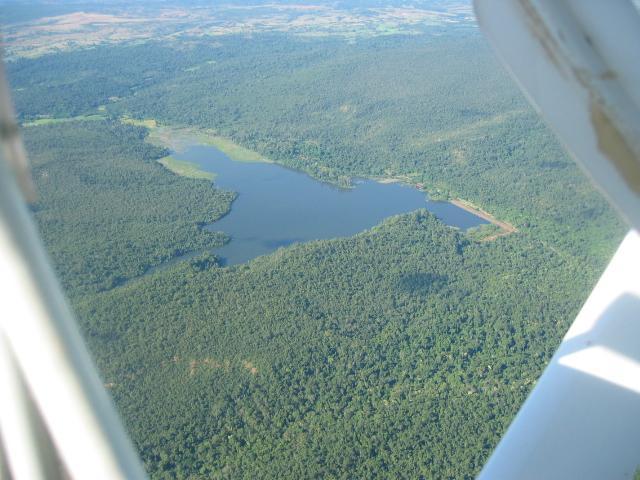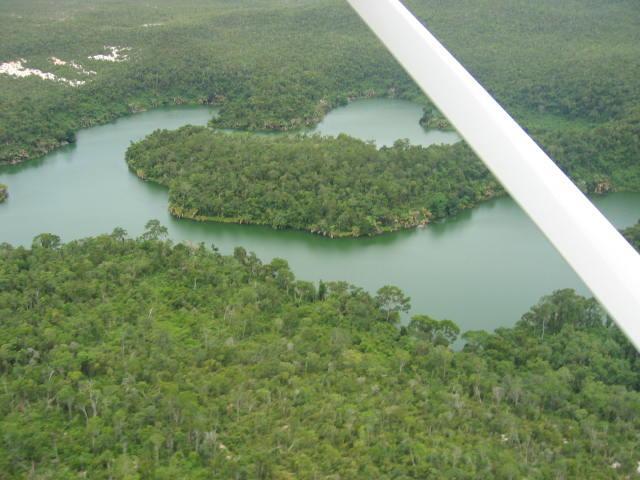Zones Humides Ankarafantsika (CLSA)
Zones Humides Ankarafantsika (CLSA)
- Country:
- Madagascar
- Site number:
- 2289
- Area:
- 33,145.0 ha
- Designation date:
- 02-02-2017
- Coordinates:
- 16°16'46"S 46°53'23"E
Carousel
CarouselMaterials presented on this website, particularly maps and territorial information, are as-is and as-available based on available data and do not imply the expression of any opinion whatsoever on the part of the Secretariat of the Ramsar Convention concerning the legal status of any country, territory, city or area, or of its authorities, or concerning the delimitation of its frontiers or boundaries.
The Ramsar Site covers 33,200 hectares in two separate areas of the Ankarafantsika National Park. It consists of a complex of six permanent lakes, rivers and streams, and raffia palm swamps. Some of the lakes are considered sacred. Dense dry forests around the lakes present endemic and endangered plants, including members of the Diospyros, Dalbergia and Adansonia genera. In addition to their cultural values, these lakes are home to threatened waterbird species and endemic and endangered fish species. Of 823 species recorded, more than 90% are endemic to Madagascar. The lakes are a particularly critical habitat for the critically-endangered Madagascar big-headed turtle Erymnochelys madagascariensis. There are also abundant Nile crocodile, 15 species of fish of which five are endemic and threatened, and 22 waterbird species. The site is very close to Madagascar’s second most important area of rice cultivation, where agricultural use has become more intensive. Other factors currently affecting the Site include the presence of invasive plants and illegal net fishing in the case of Lake Ravelobe.
Administrative region:
Dans la Région de Boeny
National legal designation:
- Parc National - Madagascar
Last publication date:
01-02-2017
Ramsar Information Sheet (RIS)
- MG2289RIS_1702_fr.pdf
- MG2289_map161130.jpg
- MG2289_mgt161124.pdf
Site map
Additional reports and documents
Site management plan
Other published literature
